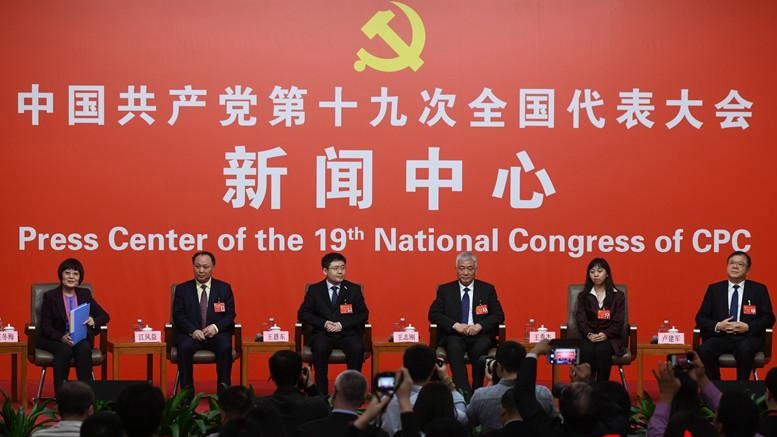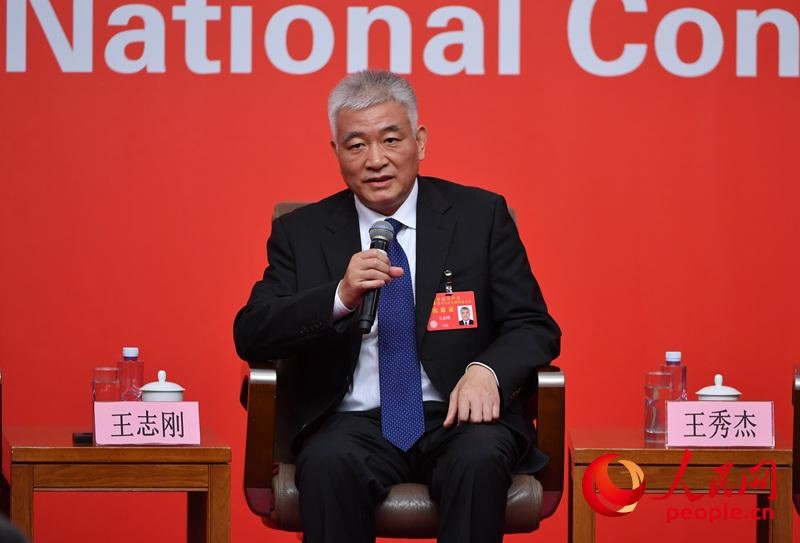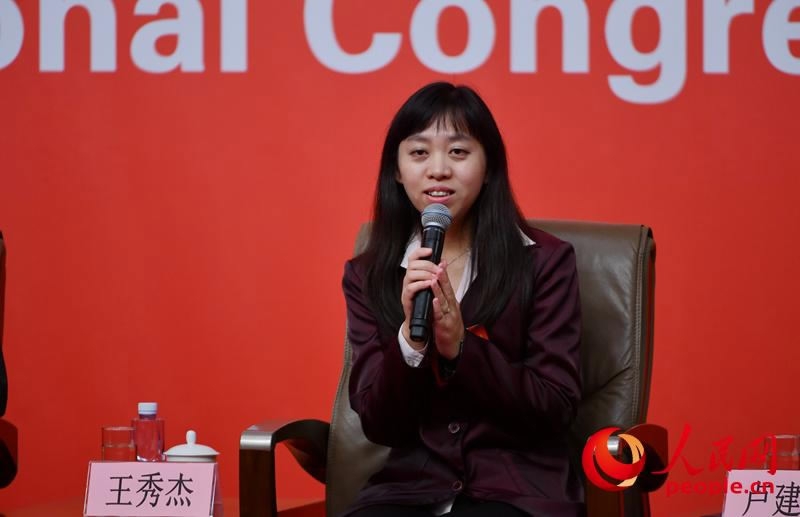
Tech & Sci
22:29, 20-Oct-2017
China aims to build burden-free environment for science and technology talents
CGTN

China’s science, technology and innovation (STI) pool has grown bigger since the launch of the innovation-driven development strategy at the 18th CPC National Congress in 2012, and the country’s effort to build a burden-free system for the talents have led to “notable results.”
During the past five years, the country’s Recruitment Program of Global Experts has attracted over 7,000 talents from abroad, and the National Program for Special Support of Eminent Professionals has trained roughly 2,500 talents.
China has made the progress to reduce “burden” in the system to help science and technology reach a higher level of performance. The country has since then reformed the management policy for funding central budgeted projects, improved the academic system, and furthered the reforms of the science and technology reward system.
“The main reason that China focuses on building a better scientific research environment is to help the scientific talents perform in a better way,” said Wang Zhigang, Secretary of the CPC Leading Group of the Ministry of Science and Technology, at a press conference on Friday.

Wang Zhigang at the press conference /People's Daily Photo
Wang Zhigang at the press conference /People's Daily Photo
At a conference, Wang Xiujie, Director and Secretary of Party Branch for Center of Molecular Systems Biology IGDB, said there will be further actions to build a better environment for the talents, including many policy changes for female scientists.
Since the last congress, China has also built 255 state key laboratories, 23 national science and technology basic facility platforms and 105 national field scientific observation and research stations.

Wang Xiujie at the press conference /People's Daily Photo
Wang Xiujie at the press conference /People's Daily Photo
And these efforts ultimately led to the largest homecoming of Chinese students and scholars studying abroad since the founding of the People's Republic of China in 1949. As of 2016, the number reached 2.65 million.
The country has received “notable results” due to its efforts in creating a better and more flexible academic system, according to the press release provided by the 19th CPC National Congress Press Center.
China’s gross R&D expenditure grew from 1.01 trillion yuan in 2012 to 1.57 trillion yuan last year. Among the total investment, over 77 percent was made by enterprises.
In last year alone, China published 290,000 SCI papers, up by 51.8 percent from 2012, and ranked 4th in the world by the numbers of citations. About 1.34 million invention patent applications were submitted, up 105 percent from 2012.The valid invention patents passed 1.22 million, making China the third place in the world.
Since STI provides strong support for China’s economic and social development, the contribution rate of science and technology to the country’s economic growth rose from 52.2 percent in 2012 to 56.2 percent in 2016, according to the congress.
As a late comer, China has caught up in many fields during the last five years including AI, IoT, autonomous driving, quantum communications, 3D printing and more.
“I’m not sure if China will step up and lead the world in autonomous driving. I’m not on the frontier, and there are too many uncertain factors in technology,” said Wang Zhigang at the conference. “The only thing I can say is that China will not be left behind.”
While utilizing domestic resources, China has also seized the opportunity of international cooperation brought by the G20 Summit and the Belt and Road Initiative.
China has since then established science and technology cooperation relations with 158 countries and regional and international organizations, and signed 111 inter-governmental agreements, 50 of which with countries along the Belt and Road.

SITEMAP
Copyright © 2018 CGTN. Beijing ICP prepared NO.16065310-3
Copyright © 2018 CGTN. Beijing ICP prepared NO.16065310-3